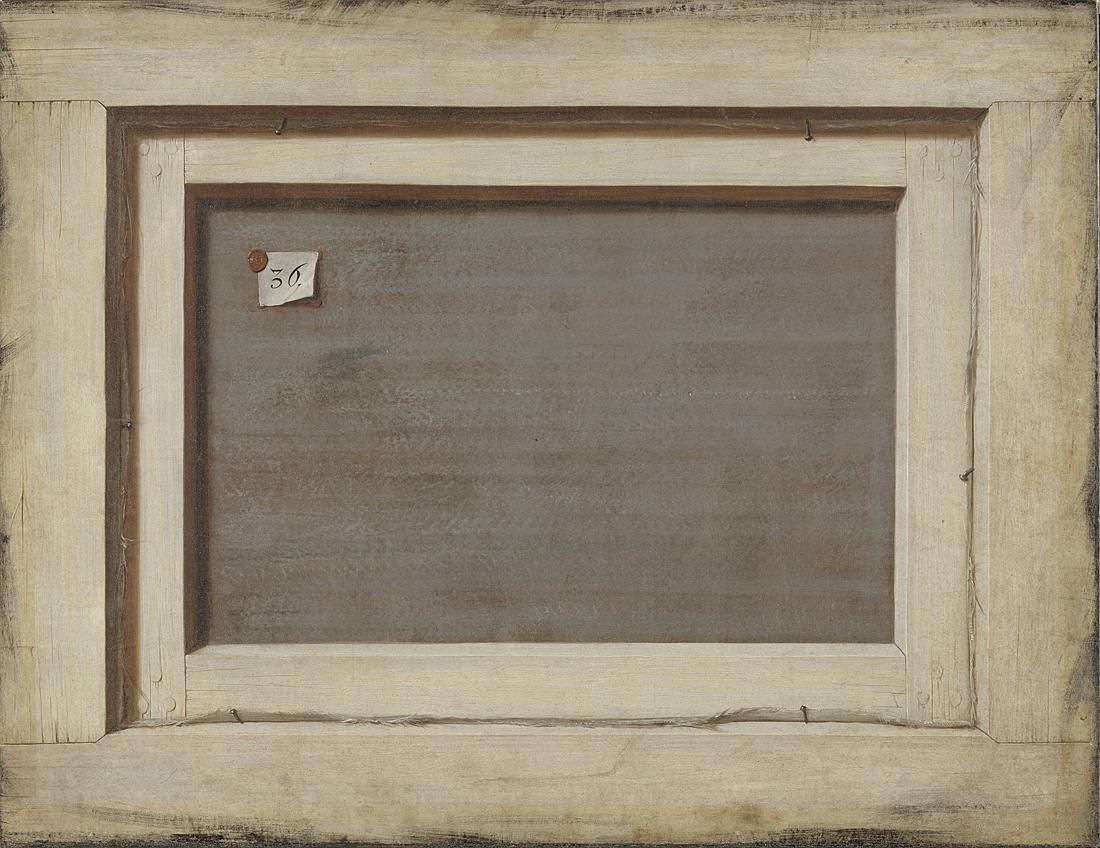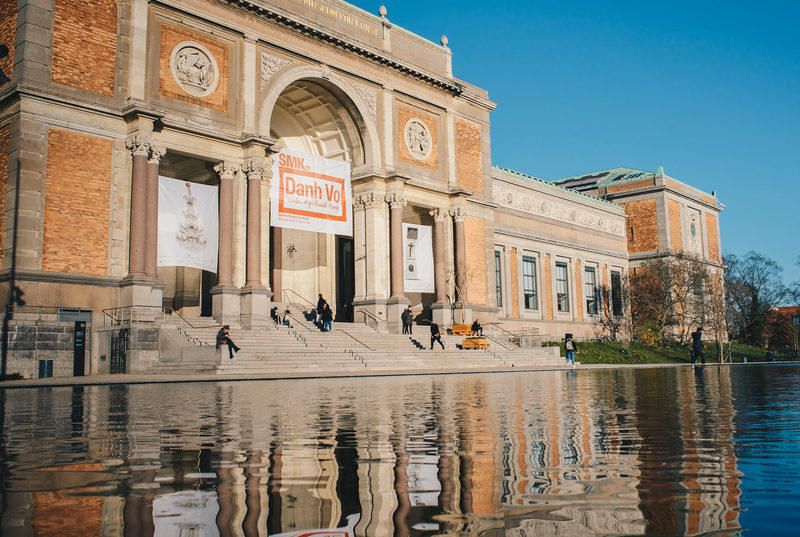
Trompe l'oeil. The Reverse of a Framed Painting
With the absence of the frame that traditionally serves as the architectural transition between the spectator’s reality and the picture’s painted universe, this work by the Flemish painter Gijsbrechts is moving beyond the usual realms of art and into the illusionistic domains of the stage.
The deception of the eye
The deception of the eye is certainly there. When viewing the picture from afar, we are truly cheated into believing that the artist has left a painting behind on the floor with its reverse facing outwards. With its ability to surprise and deceive the spectators, this work was eminently qualified to be part of the royal Kunstkammer.
A cutout
Another cutout – showing an easel bearing a still life and the reverse of a painting standing at its foot, the actual panel cut out to follow the contours of the objects painted on it – is described in the Royal Danish Cabinet of Curiosities’ first inventory from 1674 as: “A stand with painter’s paraphernalia painted on perspective.”
The Royal Danish Cabinet of Curiosities
Back then the cabinet of curiosities was still housed at the Copenhagen Castle, but a few years later when the monarch set up the cabinet in a new building, the present-day Danish National Archives, the easel became part of the décor of the entrance hall where it was presumably joined by The Reverse of a Framed Painting.
1668-1672
Oil on canvas
66.4 x 87.0 cm
KMS1989
Images and text © National Gallery of Denmark, 2018
Where you'll find this

SMK – National Gallery of Denmark
Permanent collection




